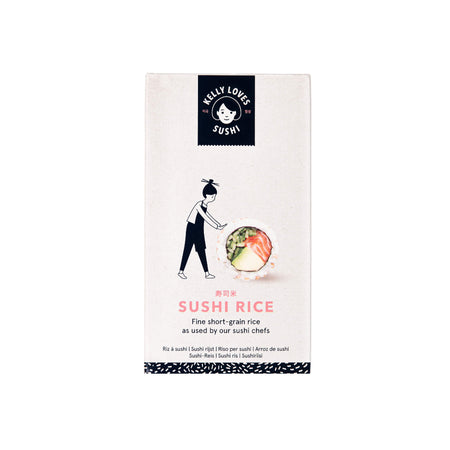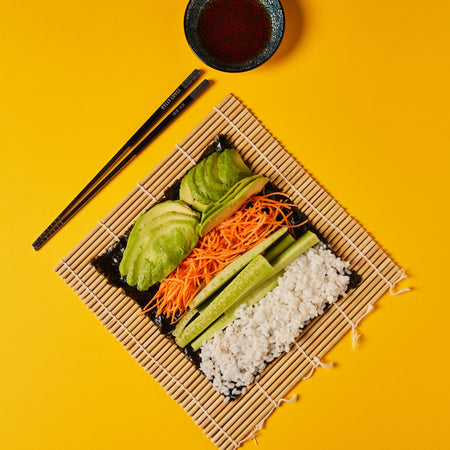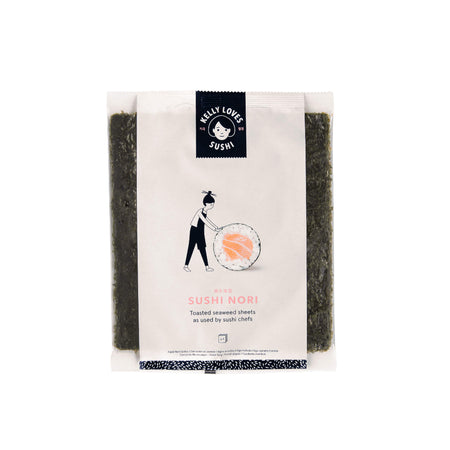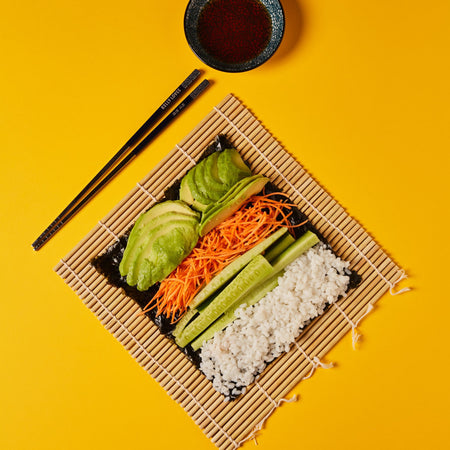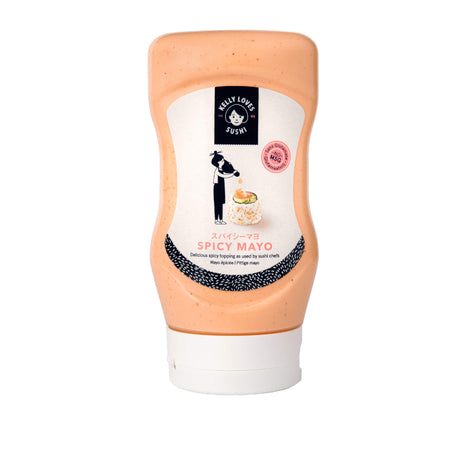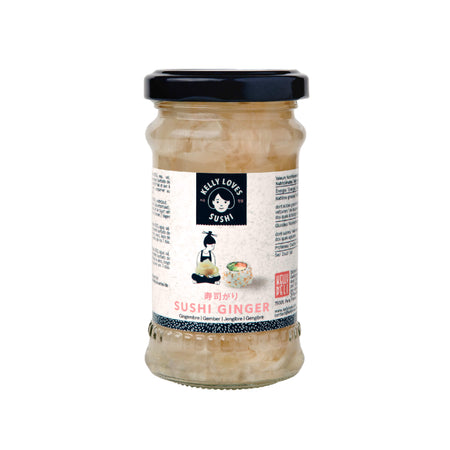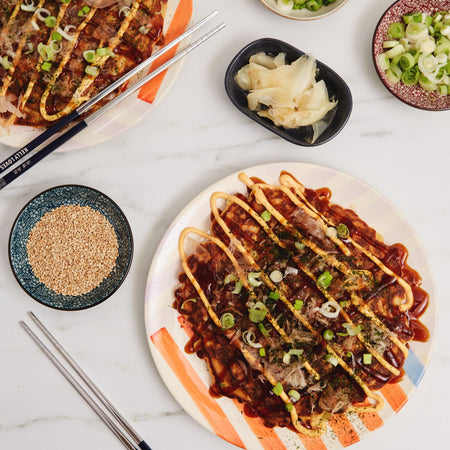Can you freeze kimchi?
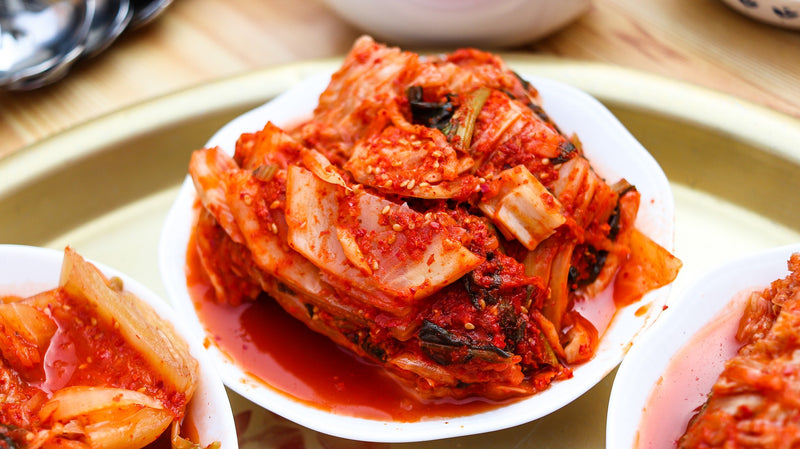
But there might be an occasion when you make a large batch of homemade kimchi or you’ve opened a shop-bought kimchi and you want to freeze it. Perhaps you’ve a future event you want to cater for or you just got carried away chopping up too many napa cabbages! Whatever your reason, we have the lowdown on freezing kimchi.
Does kimchi freeze well?
Kimchi can be frozen for 12-18 months, but like freezing any fresh vegetables, the taste and texture won’t be experienced at its best after you’ve stored it in the freezer. Some people say it loses the strength of flavour and it can become a bit slimy. And like any frozen veg, you’ll lose some nutrients which is one of the biggest health benefits of kimchi.
You might question why kimchi needs to be frozen at all as it’s fermented and can’t technically expire. But it can go bad in a number of ways. And the texture can become soggy and too sour for many taste buds if it’s left to ferment for too long. So freezing kimchi will extend its life, especially if the jar has been opened. Some people even say they prefer the taste and texture of kimchi that has been frozen, so it’s worth a go to see what you think!
How to freeze kimchi
Divide the kimchi into portions
For kimchi to be frozen successfully, it has to be correctly prepared. It’s helpful to blanch the kimchi before freezing it to help to retain the flavour and kill any harmful bacteria. This can quickly and easily be done by boiling it for 1-2 minutes max. You’ll then need to drain the kimchi of all its juice, because melted water crystals create soggy veg when you defrost (water crystals can dilute those delicious flavours too). You then need to divide the drained kimchi into portions to ensure all the vegetables freeze equally, helping prevent freezer burn (which makes any food taste terrible!) If your kimchi is in a glass jar, make sure that you transfer the portions of kimchi to airtight plastic containers as glass can shatter when frozen.
Label and freeze
Simply divide the kimchi (homemade or shop-bought) into reusable containers and then label them with the date and the contents. If you’ve shop-bought plastic-wrapped kimchi, you can either transfer the kimchi to a container or, if it hasn’t been opened, you can keep it in the original packaging before popping it in the freezer.
How long does kimchi last in the freezer?
Kimchi can last in the freezer for 12-18 months, but ideally eat kimchi which has been frozen within 3 months. This is because you want to eat the kimchi at the best possible quality. If you’re planning to freeze kimchi when making it in a large batch for a future event, then make sure to factor this in. It’s wise to regularly check the dates on the containers of frozen kimchi.
Can you refreeze kimchi?
No, we wouldn’t advise that you refreeze kimchi. This would seriously compromise the quality of the kimchi, affecting the flavour and texture. It’ll just all turn to mush. We’re warning you now as we don’t want a kimchi fan to be disappointed!
How to know when your kimchi has gone bad
To ensure that your kimchi is the best quality before and after freezing, run through our handy checklist:
How your kimchi should look
Kimchi should look glossy and colourful, not dull. It also shouldn’t have any mould or any type of growth on it.
How your kimchi should smell
Kimchi should have that recognisable garlicky, fermented cabbage smell that certainly packs a punch and makes your mouth water. The smell shouldn’t smell disagreeable. If you’re unsure, don’t take any risks, especially if it contains fish sauce or shellfish.
How your kimchi should taste
Kimchi should taste yummy: fizzy, garlicky, spicy, sweet, sour and tangy. If it’s extremely sour, it might have gone bad. And although the veggies naturally soften during fermentation, they should still be a little crunchy.
Ideally, freezing kimchi should be avoided if you can, simply to ensure that it’s eaten without compromising on flavour and texture. If you eat kimchi in smaller daily portions, using a kimchi sachet, this will ensure freshness, plus it’s convenient to transport, store and serve. Using a Kelly Loves kimchi sachet will guarantee the highest quality, most authentic ingredients. Stock up on individual kimchi sachets and you’ll never have any need to freeze! Or if you'd prefer to skip the cooking, try our kimchi ramen noodles.
